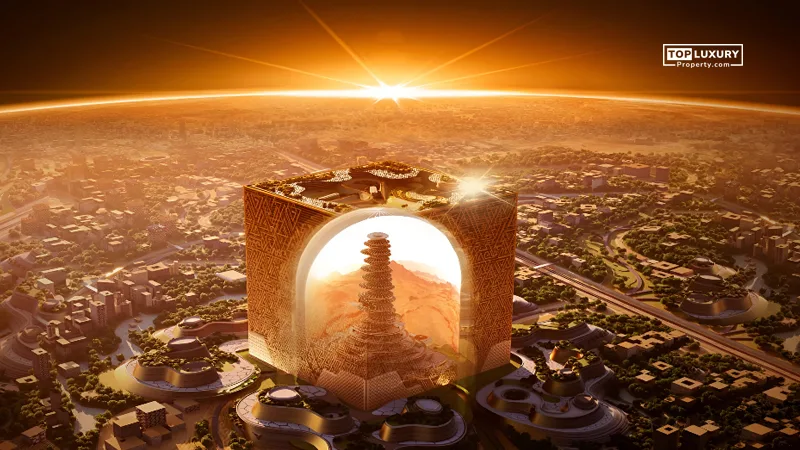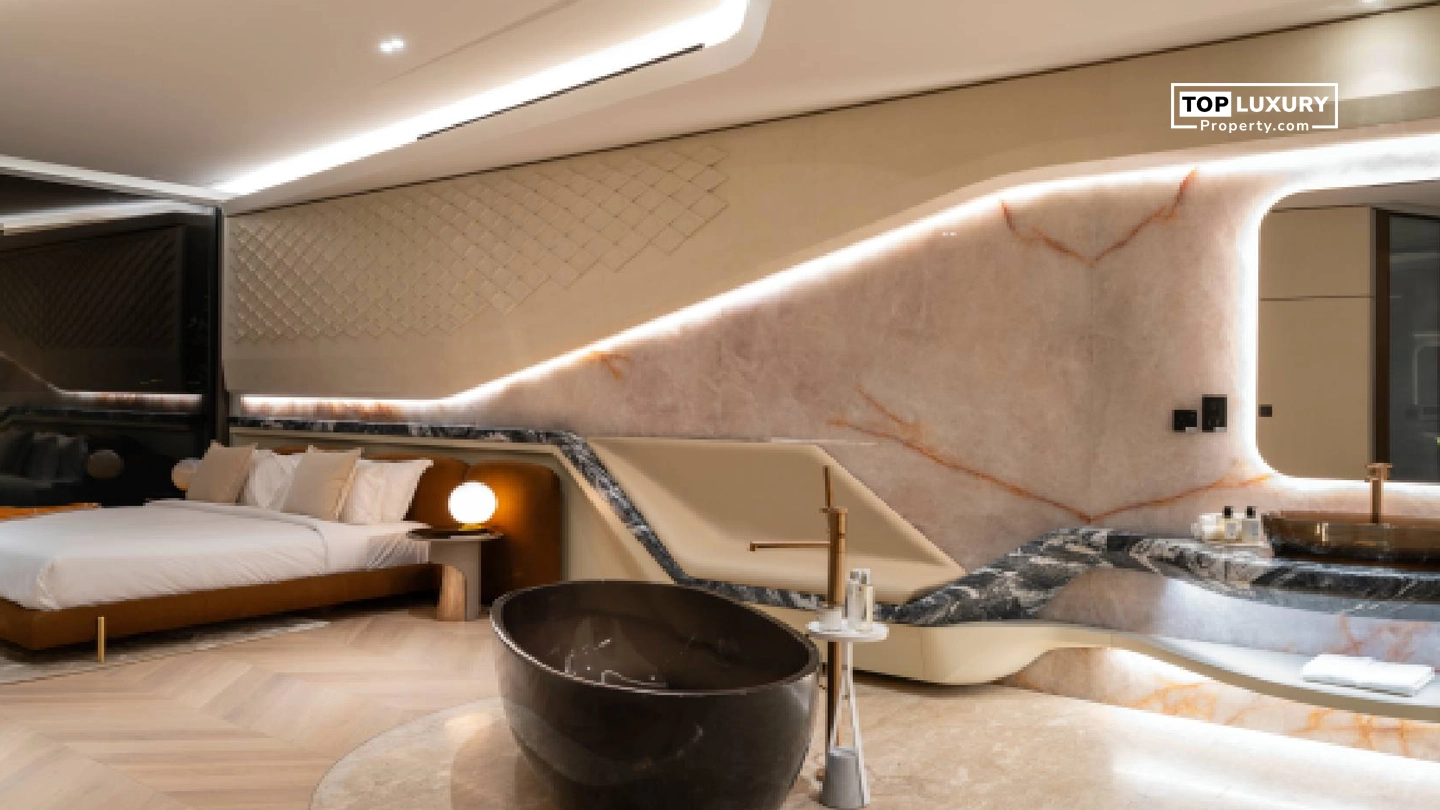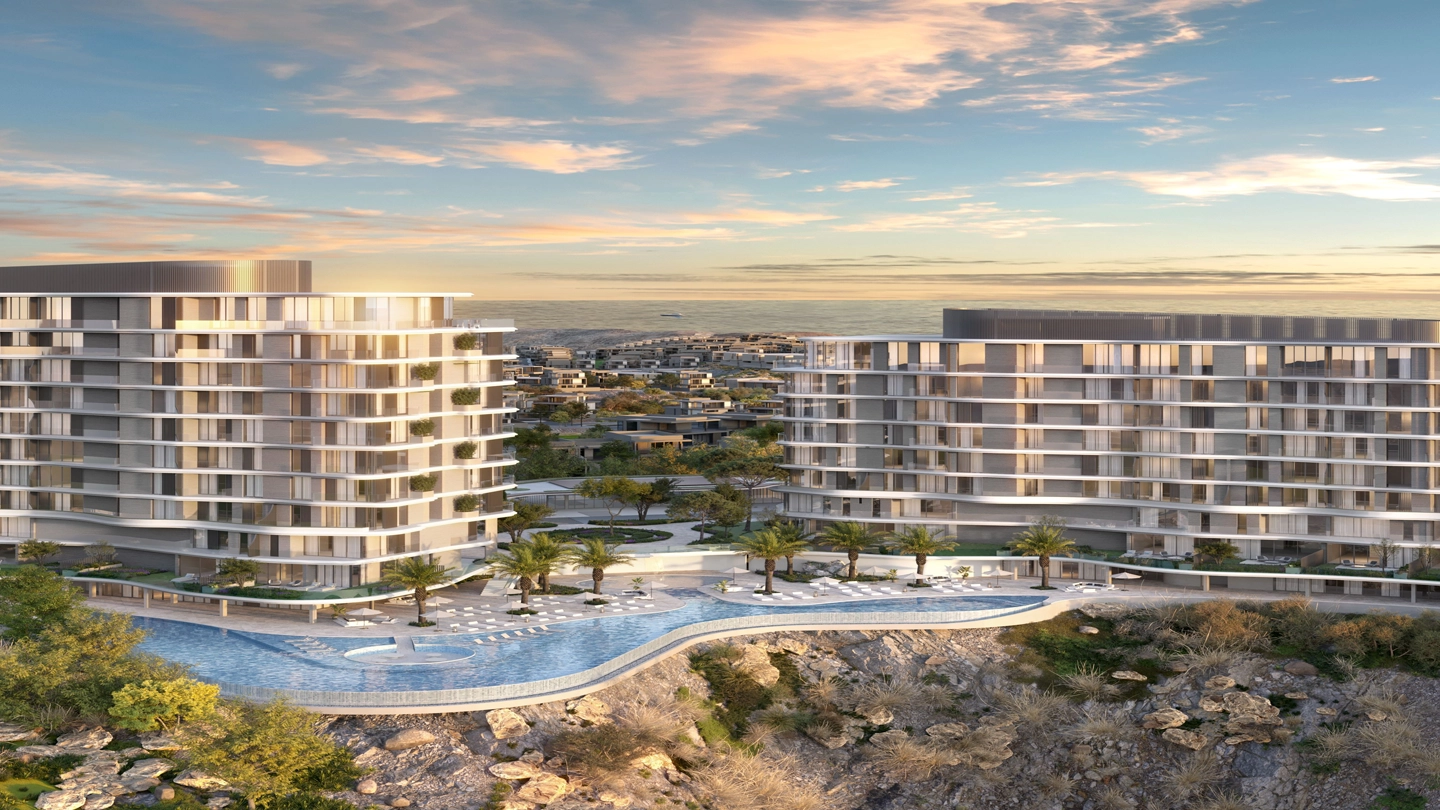Riyadh’s Vision 2030: Blueprint for a Global Hub
Vision 2030 is an ambitious strategy of Saudi Arabia and is becoming the benchmark of Riyadh super hub changing to look forward as a global super hub and it has developed in a major way. Such a national roadmap should aim at diversifying the economy beyond oil, empowering the private sectors, and positioning the cities, such as Riyadh, in the core of international trade, innovation, and culture.
Riyadh is not only growing by small increments, but it is also undergoing a redesign. Developments such as the Murabba, which is touted as the new downtown, are reshaping smart infrastructure, environmental, and cultural destinations in cities. These enhancements signify the scale of Riyadh urban development envisioned under Vision 2030.
Economic Diversification and Infrastructure Boom
The driving factor in making Riyadh a potential super hub is highly adventurous economic diversification. There is an unprecedented rate in attracting domestic and foreign investors in the city. In Q4 2024, more than 160,000 new business-related licenses were granted, which grew by 67 percent YoY, taking the total number of commercial entities to 1.6 million. This growth highlights this city’s emergence as a Riyadh economic hub.
At the same time, the Regional Headquarters Programme has already exceeded its 2030 target where 600+ multinational corporations (PwC, Bechtel, and Northern Trust, among others) have already agreed to relocate regional headquarters to Riyadh by 2030. This boom has reduced the Grade-A office vacancy to only 2% and office rent has increased by 23 and 84 points since Q1 2020.
This momentum is strengthened by big infrastructure investments. The major projects are:
- Growth of King Khalid International Airport: Which is currently linked with 113 destinations
- Riyadh Metro and mass bus system: Enhancing urban mobility
- The mega-urban wellness corridor, 220 km Sports Boulevard: Promoting health and connectivity
Such investments clarify the Riyadh urban development effort to establish a live-in, integrated and vibrant metropolis which Riyadh aims to be.
Cultural and Technological Transformation
The change is not physical but also economic and cultural and indeed technological. Riyadh is becoming a Saudi Arabia innovation hub very fast and is implementing smart technologies in transportation, city planning, and other services.
Another really important role is played by cultural investments. Art galleries and museums in Murabba to entertainment-sporting events on a large scale; the city is trying to keep pace with culture capitals of the world. Gender inclusion and social tolerance are also encouraged by Saudi Arabia Vision 2030 so that the city can get access to a broad global talent pool.
With this combination of initiatives, Riyadh has managed to situate itself as a hub of innovation with culture and opportunity that signify the horizon of global destinations.
Challenges to Becoming a Super Hub
Although the roadmap is impressive, there are still problems. The fast rate of urban growth subjects sustainable infrastructure, housing prices, and the environmental effect. Long-term investor confidence will phase in as well as sharing of regulatory transparency; ease of doing business and preservation of political and economic stability.
Still, the recent impulse makes Riyadh be ready to address these windmills. Its live-work-play transformation formula which has had the backing of a supportive state as well as the interests of foreigners is a mix doser that has a special recipe to global relevancy.
Conclusion
Strategic thinking, huge investment of capitals and international collaboration are some of the factors that make Riyadh more than a capital city, it is the face of a futuristic ready Saudi Arabia. Riyadh is at the threshold of becoming a global economic and innovative hub, and Vision 2030 turns into a reality.





_(2)_638647637563832478_820465_.webp)
